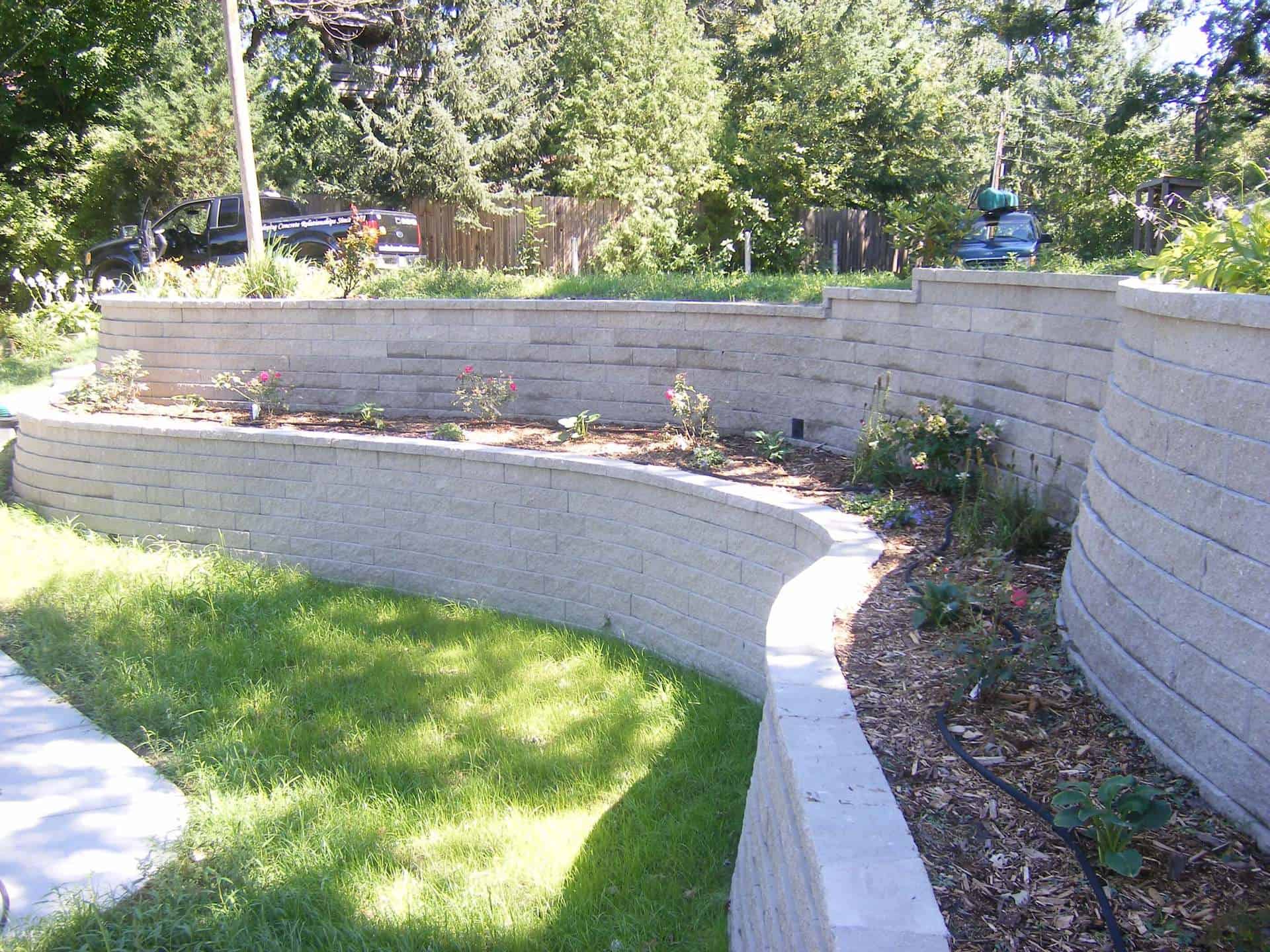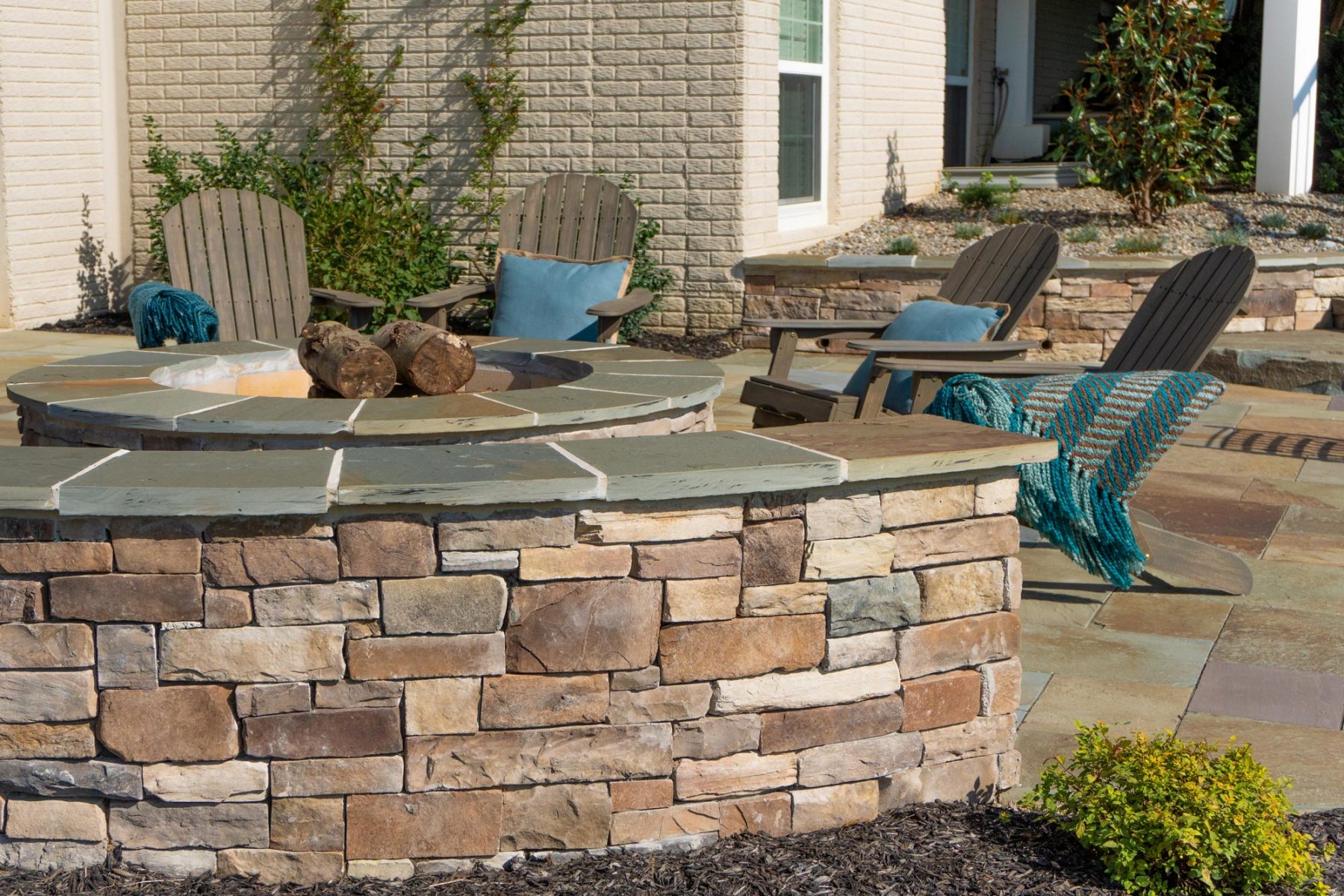The Greatest Guide To Retaining Wall Options: A Complete Guide - Build With Rise


Concrete Retaining Walls for Organic Gardening - Mutual Materials

Firma Wall - Retaining Walls, Wall Systems - Nicolock
Retaining Wall: Types, Purpose, Advantages & Disadvantages for Dummies
Sure, keeping walls look like easy stacked stone, block or timber. However More Discussion Posted Here that wage an ongoing battle with gravity. They restrain lots of saturated soil that would otherwise slump and move far from a foundation or damage the surrounding landscape. These handsome barriers also make inviting spots to sit and can increase functional backyard area when used in terracing sloped properties (something not uncommon in Southern California and progressively crucial as flat house websites end up being ever more scarce in lots of areas).
If your residential or commercial property needs a keeping wall, or if the one you have is stopping working, evaluate these descriptions of the four most typical types: lumber; interlocking blocks; stacked stone, brick or block; and concrete. A casual check around the community is likely to expose lots of existing walls that are bulging, split or leaning.
Even small maintaining walls have to contain massive loads. A 4 feet high, 15 feet long wall might be keeping back as much as 20 lots of saturated soil. Double the wall height to 8 feet, and you would need a wall that's eight times stronger to do the exact same task.

